One thing we would suggest to every new pool owner is to get familiar with pool basics. This doesn’t mean you have to fix or even maintain your own pool; there are plenty of pros out there who can take care of that for you. But trust us, ignorance is NOT bliss when it comes to swimming pools. We field thousands of calls from frustrated pool owners every year and in many cases, just a better understanding of pools and pool equipment would alleviate much of their stress.
Getting primed (no pump pun intended) on pool basics will make you a smarter consumer when something does need to be repaired or replaced. You might also be quicker to spot any potential issues and nip them in the bud. So here is our overview of pool types, equipment, plumbing and circulation, and chemistry.
Types of Pools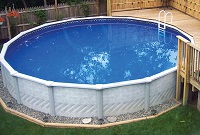
Above Ground – Typically round, oval or rectangular, above ground pools consist of a prefabricated frame that is built on top of level ground. A vinyl liner attaches to the inside of the frame and creates the basin that holds the water. Above ground pool frames consist of wall panels, upright supports, bottom tracks and top rails. These are usually made of steel or aluminum, or a combination of metal and resin components.
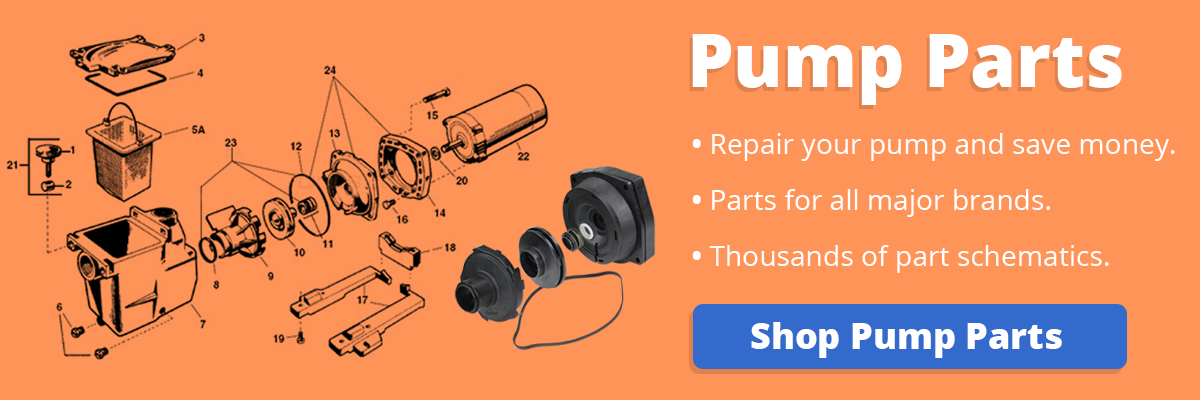
In-ground – With many more possible variations, in-ground pools can be designed in almost any shape imaginable. Concrete 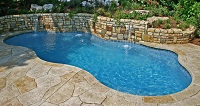 / gunite construction offers the most options as each shell is custom made. Other options include fiberglass or stainless steel pools that are selected from preformed shell designs. Some in-ground pools are also constructed using a vinyl liner, similar to above ground pools.
/ gunite construction offers the most options as each shell is custom made. Other options include fiberglass or stainless steel pools that are selected from preformed shell designs. Some in-ground pools are also constructed using a vinyl liner, similar to above ground pools.
The basic plumbing, circulation, filtration and heating is very similar for both pool types so we’ll go over that next.
The Pool Cycle
Keeping pool water clean and healthy is the driving force behind most of your pool’s equipment and plumbing. After all, standing water is typically not healthy water. So your pool equipment exists to create a continuous loop that moves water through the filter, while also circulating sanitizing chemicals, and returns the filtered and sanitized water to the pool. Let’s look at the primary equipment involved in this endless cycle.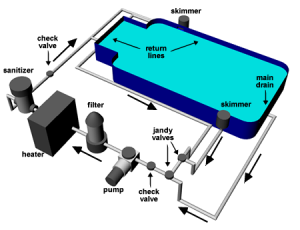
The Key Players
Main Drains – Round or square drains in the floor of the pool, typically positioned at the pool’s lowest point. Main drains pull water from the pool floor and help move it along to the pump and filter. Heavier, non-floating debris will find its way to the main drains. Older pools might have only one but for new construction, most code now requires at least two anti-vortex drains. The anti-vortex design and dual drains prevents suction entrapment which can result in serious injury or death. This drain is optional for above ground pools but does make cleaning easier.
Skimmer – Located at the pool surface, the skimmer looks like a small swinging door in the pool wall. That door is just one part of the skimmer and is called a weir. As the weir flaps back and forth, it skims floating debris into a basket located just behind it. This basket keeps debris out of the pool as the skimmer draws in surface water, sending it to the pump. Above ground pools typically have one skimmer; in-ground pools can have one or more.
Pump – This most crucial piece of equipment moves water through the entire system. The pump motor spins an impeller, creating centrifugal force that sucks in water through the pump strainer basket and then pushes it out under pressure. Water leaving the pump then moves on to the filter.
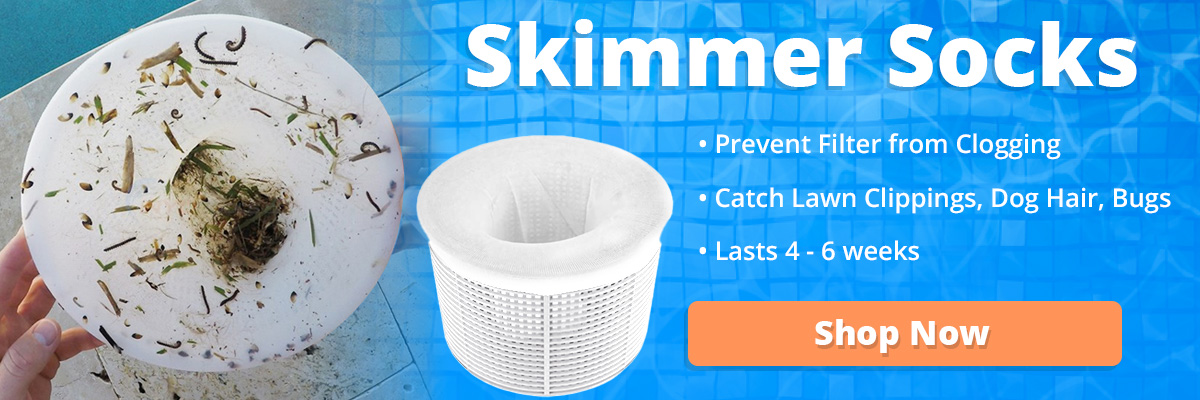
Filter – The big tank that catches many of the smaller particles and dirt floating about in your pool. Depending on the filter type (sand, D.E. or cartridge), your filter is trapping particles ranging from 1 – 40 microns in size. This fine debris comes from sunscreen, skin cells, bacteria, sweat, oils – basically anything we shed or put on our bodies. The filter plays a big part in keeping pool water healthy.
Heater – An optional piece of equipment but especially in colder climes, pool owners frequently use gas heaters or heat pumps to extend the pool season a bit. Water is continuously warmed as it passes through the heater and returned to the pool. The heater is positioned after the filter and before any chlorine feeder. A check valve is typically used to prevent backflow of any super-chlorinated water which will damage crucial parts of the heater.
Chlorinator – These can take several forms but most common are automatic chemical feeders and the salt chlorine generator. The feeder is simply a canister that holds chlorine tablets and features a control dial to adjust the rate of chlorine administered to the pool. As water returns from the pump and filter to the pool, it passes through the canister and carries some chlorine with it. Salt generators feature an electronic control mounted at the equipment pad and a salt cell which is plumbed inline after the filter. Salt is added to the pool based on volume and as the salt water passes through the cell, a chemical reaction occurs that creates chlorine.
Return Lines – These small inlets in the pool wall return filtered and chlorinated water to the pool. They are typically round PVC fittings that are close to flush with the pool wall. In the center, there is usually an adjustable “eyeball” which adds some force to the returning water. If you get close to one of the returns, you will feel a bit of massaging action similar to a spa jet.
How It Flows
Knowing the flow of water can really help you understand your pool and potential problems. From the pool, water passes through the main drains, skimmers, and plumbing leading to the pump. As mentioned above, the pump sucks in water and then forces it out, catching larger debris in the strainer basket as it does so. The force of the pump pushes water along to the filter for finer filtration. After passing through the filter, the water will go to the heater, then the chlorinator, and finally through the returns back to the pool. That is the typical loop for most pools. If there are any additional features, like a waterfall, then diverter valves will come into play to route water where it is needed.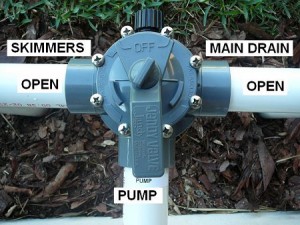
Diverter valves are also used for pool maintenance as different settings will cause them to draw debris from different areas of the pool. For instance, if you have a lot of floating debris, the valve can be set to increase suction from the skimmer. Conversely, for heavy debris that has settled on the pool floor, the suction can be switched to the main drain. If your pool is new to you but previously owned, it’s a good idea to make sure these valves are set to the proper position. Normal operation would be with the valve in the half-way position, pulling 50% from the main drain and 50% from the skimmer; this serves to clear debris from both the surface and bottom of the pool. For more details about setting up these valves, check out our helpful Diverter Valve How To Guide.
Keeping It Clean
All of that circulation described above moves not just water but your all-important pool chemicals also. Here we will briefly describe the basics of pool chemistry.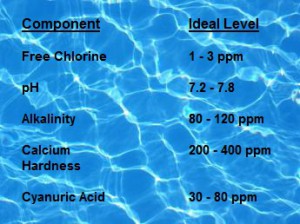
Chlorine – The chief of pool chemicals, chlorine is the foundation of sanitization for most pools. Whether you use straight chlorine in tablets or granules or have a salt chlorine system, the recommended level of free chlorine is 1 – 3 ppm (parts per million). Chlorine is either “free” or “combined”. “Free” (or “available”) means the chlorine is not bound to any contaminants and is therefore available to fight them. When “combined”, chlorine is basically stuck to various contaminants and is no longer effective. Adding these two types of chlorine together gets you your “total chlorine”. If using an ozone or mineral based sanitizing system, then the need for chlorine is reduced, typically requiring lower ppm depending on what system you have.
pH – All about balance, pH level is the scale of acid vs alkalinity. pH is a measurement, not an actual chemical, but there are chemicals to adjust pH levels. pH increaser is sodium bicarbonate and pH decreaser is sodium bisulfate. The ideal level for pools is 7.2 – 7.8. Low pH equals high acid and this equation can result in corrosion of pool equipment. High pH is a problem too, causing cloudy water and scaling on equipment and surfaces.
Total Alkalinity – Related to pH but not the same, this is a measurement of the total alkaline compounds (i.e. minerals) in the pool. Ideal levels range from 80 – 120 ppm. Too low and the pH will fluctuate, requiring continual adjustment. Too high and the pH level can become fixed and difficult to adjust.
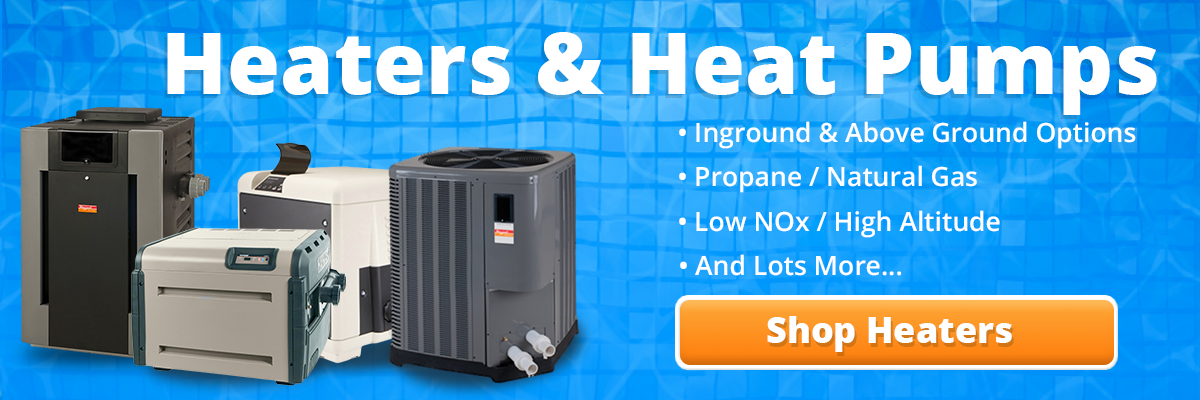
Calcium Hardness – The level of calcium in your pool determines if the water is “soft’ or “hard”. The ideal range for calcium hardness is 200 – 400 ppm. If out of range, the pool surfaces and equipment will face corrosion from soft water or scaling from hard water.
CYA – It’s formal name is Cyanuric Acid, an incredibly important component that serves as sunscreen for chlorine. Chlorine is quickly depleted by UV radiation and CYA, also called “conditioner”, slows this process. Cyanuric acid is already added to chlorine tablets and granules but needs to be replenished if levels fall below the recommended 30 – 80 ppm.
Shock – There are two main types of pool shock, either chlorine or non-chlorine. Chlorine shock will temporarily boost chlorine to 10 ppm, increasing the free chlorine level to blast out contaminants. Non-chlorine shock is an oxidizer made of potassium salt. Its job is to oxidize organic contaminants which frees up the available chlorine to kill more bacteria and algae. Chlorine shock will make your pool unswimmable for about 12 – 24 hours; non-chlorine shock allows you to swim about 15 – 30 minutes after application.
There are other specialty chemicals to deal with specific problems. These include algaecides, metal removers, and clarifiers. If needed, you can learn more about these by perusing our Pool Maintenance How To Guides.
Remember, this guide was just to cover the basics but there is a lot more to swimming pools! For answers to any of your pool questions, please feel free to contact us via phone, email or live chat.
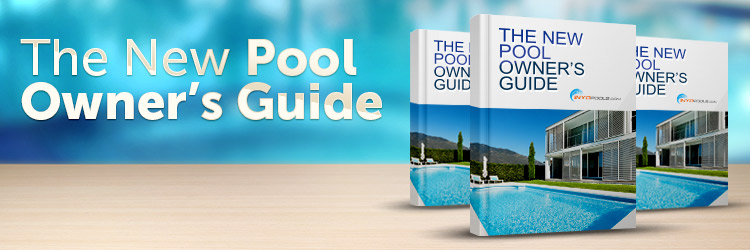
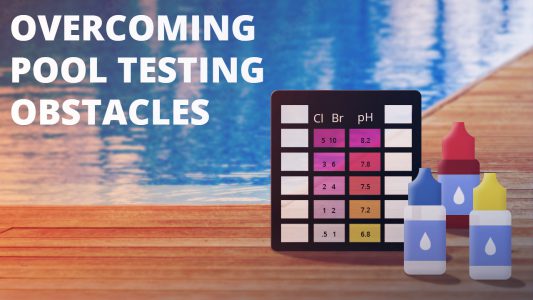
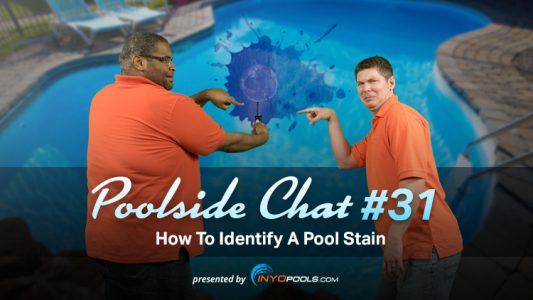
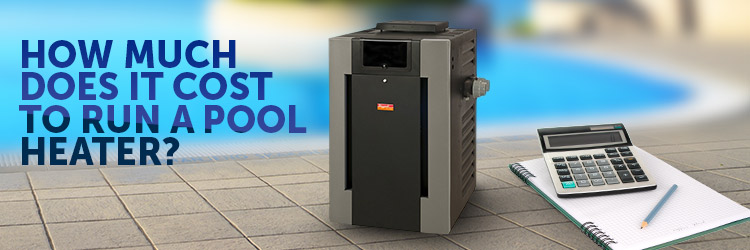
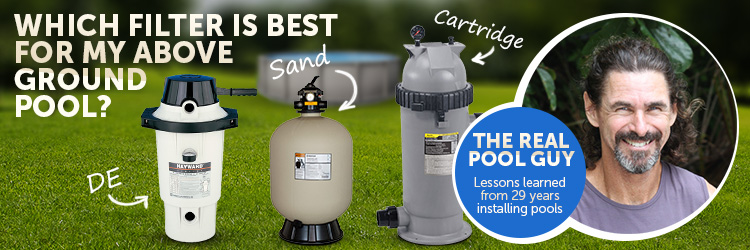






yes I have a waterfall and pool combination last year I had 1 1/2 up Motor filters great but I want to add a second pump to get more water flow to my waterfall as I use my waterfall as the water return to my pool I would like to know how to set it up